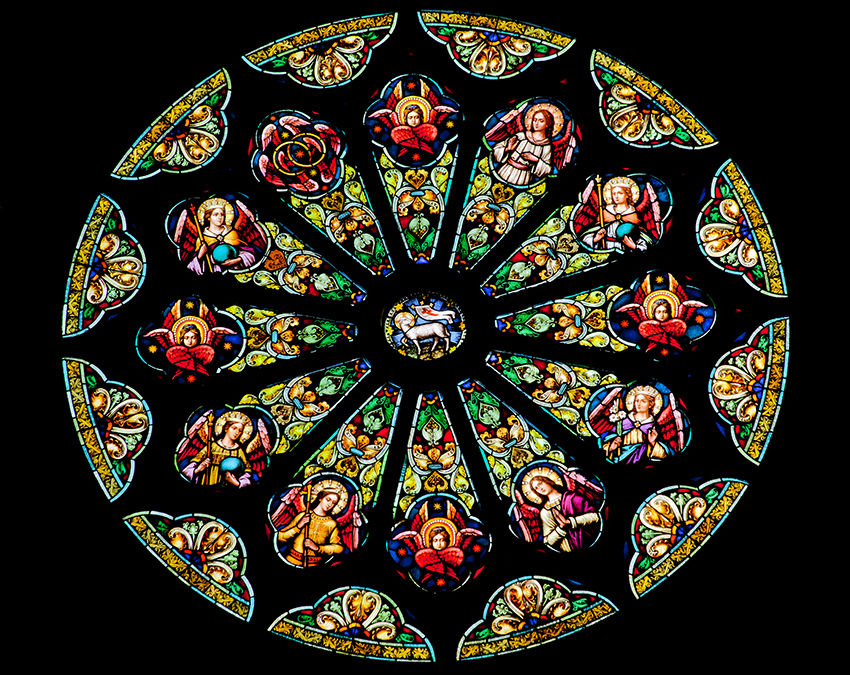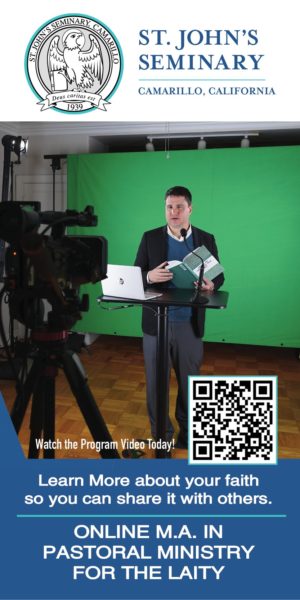Sunday’s liturgy gives us a lesson in ancient Israelite geography and history.
Isaiah’s prophecy in the first reading is quoted by Matthew in the Gospel. Both intend to recall the apparent fall of the everlasting kingdom promised to David (see 2 Samuel 7:12-13; Psalm 89; Psalm 132:11-12).
Eight centuries before Christ, that part of the kingdom where the tribes of Zebulun and Naphtali lived was attacked by the Assyrians and the tribes were hauled off into captivity (see 2 Kings 15:29; 1 Chronicles 5:26).
It marked the beginning of the kingdom’s end. It finally crumbled in the sixth-century B.C., when Jerusalem was seized by Babylon and the remaining tribes were driven into exile (see 2 Kings 24:14).
Isaiah prophesied that Zebulun and Naphtali, the lands first to be degraded, would be the first to see the light of God’s salvation. Jesus fulfills that prophecy — announcing the restoration of David’s kingdom at precisely the spot where the kingdom began to fall.
His Gospel of the kingdom includes not only the 12 tribes of Israel but all the nations — symbolized by the “Galilee of the Nations.” Calling his first disciples, two fishermen on the Sea of Galilee, he appoints them to be “fishers of men” — gathering people from the ends of the earth.
They are to preach the Gospel, Paul says in the epistle, to unite all peoples in the same mind and in the same purpose — in a worldwide kingdom of God.
By their preaching, Isaiah’s promise has been delivered. A world in darkness has seen the light. The yoke of slavery and sin, borne by humanity since time began, has been smashed.
And we are able now, as we sing in the psalm, to dwell in the house of the Lord, to worship him in the land of the living.
Scott Hahn is founder of the St. Paul Center for Biblical Theology, stpaulcenter.com.

